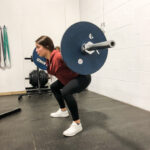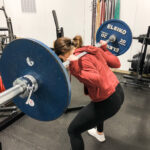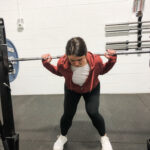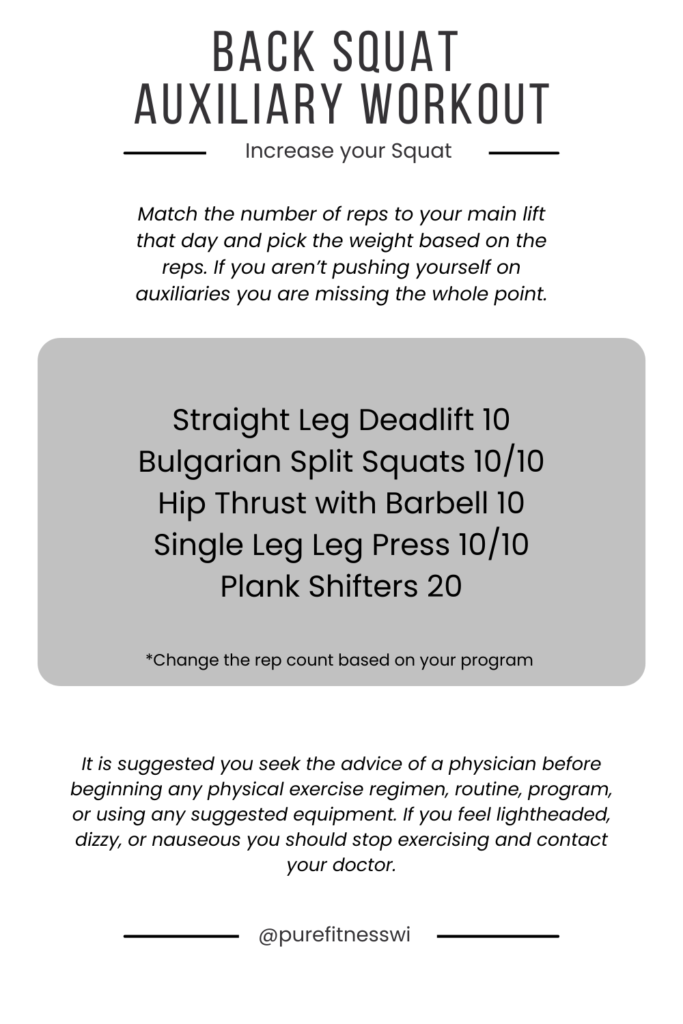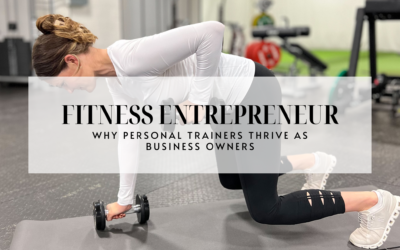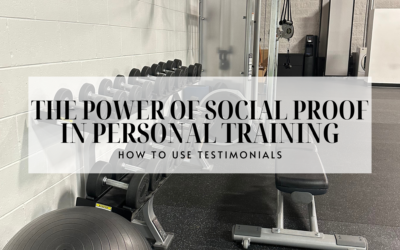When starting out, the squat can seem like a very simple movement, right? And it is, but if you are looking to increase you strength in the squat pattern there is a little more you will need to know.
So, let’s start with the basics, almost everyone does a form of a squat everyday. But odds are most of those squats are not performed with pristine form. When it comes to a sport like powerlifting or any time you are trying to move as much weight as possible, things can go wrong if you are not thinking about your form.
The more weight you are doing, the more technical the lift becomes. And any strength imbalances or deficiencies become glaringly apparent. That could mean your form is holding you back from lifting as much as possible. Or even worse, will cause an injury. My goal in writing this article is to help you avoid any pain and squat as much weight as possible.
At some point throughout my powerlifting career I have struggled with every single one of the issues that I will talk about below. Through experience and education, I have learned what I need to do to make my squat as efficient as possible. And I still don’t have it all figured out. But I hope to share with you what I have learned so hopefully you can avoid my mistakes.
After reading this article I hope that you will have a better understanding of how the body moves during a squat and why auxiliary and supporting exercises are so important to increase you squat numbers!
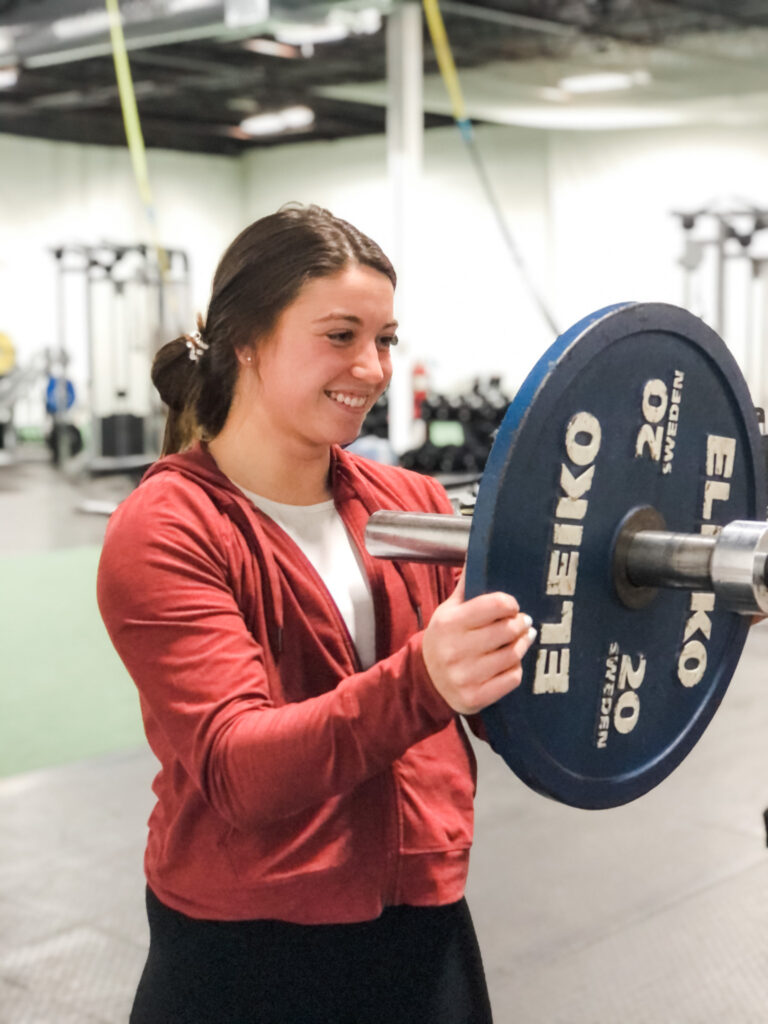
Primary Muscles Involved In The Back Squat
Let’s start by reviewing the primary muscles used in the back squat. This will help you to understand why you want to train each of those muscles individually and how it will help your back squat.
Quadriceps – The quads consists of four muscles on the anterior of the thigh. As knee extensors and hip flexors, the quads are active in both the decent and accent of the squat helping to control the movement.
Hamstrings – The hamstrings are made up of three muscles on the posterior of the thigh. Your hamstrings control hip extension and knee flexion, keeping them involved in both the decent and accent of the squat.
Glutes – There are three muscles that make up the glutes and they act as extensors at the hip. They are critical to hitting lockout at your hips when finishing the squat.
So in the squat pattern your quads, hamstrings, and glutes are working together to move your body through the correct muscle pattern which allow the muscles to work to their maximum potential allowing you to reach high numbers in the back squat.
If you want to an inside look at my training auxiliaries check out my glute and hamstring exercises.
Main Dysfunctions Seen During The Back Squat
Sometimes I find that it is easier to start a conversation by addressing common mistakes. Pointing out common dysfunctions in the squat will allow the lifter to be more aware of their body and decrease risk of injury from these common mistakes. So let’s talk about a few of the most common dysfunctions and what can help it.
Unable to hit depth
If you are unable to hit depth this is often due to flexibility in the hip, knee, or ankle and your stability during the movement. Stretching/ mobility training and consistently practicing the correct form will help to solve this issue.
Rounding of the back
Your instinct is probably to assume that rounding of the back is due to the weight of the bar. You are not wrong, but you aren’t entirely right either. The weight on the bar is causing your back to round, but it has to do with your core strength and bracing. If your core is not engaged, or you start the squat with a poor set up, it will be easy to round your back and/or lean forward during the squat. Rounding commonly causes issues with hitting depth and holding you back from squatting the maximum amount of weight. So make sure you have a strong set up and walk out before every lift.
Knees caving in
This is a very common issue and easily fixable. It is caused by weak adductors. To fix this, exercises like a wall sit with med ball squeezes can help or squatting patterns that have a toe out set-up.
Auxiliary Exercises That Can Help Increase Your Back Squat
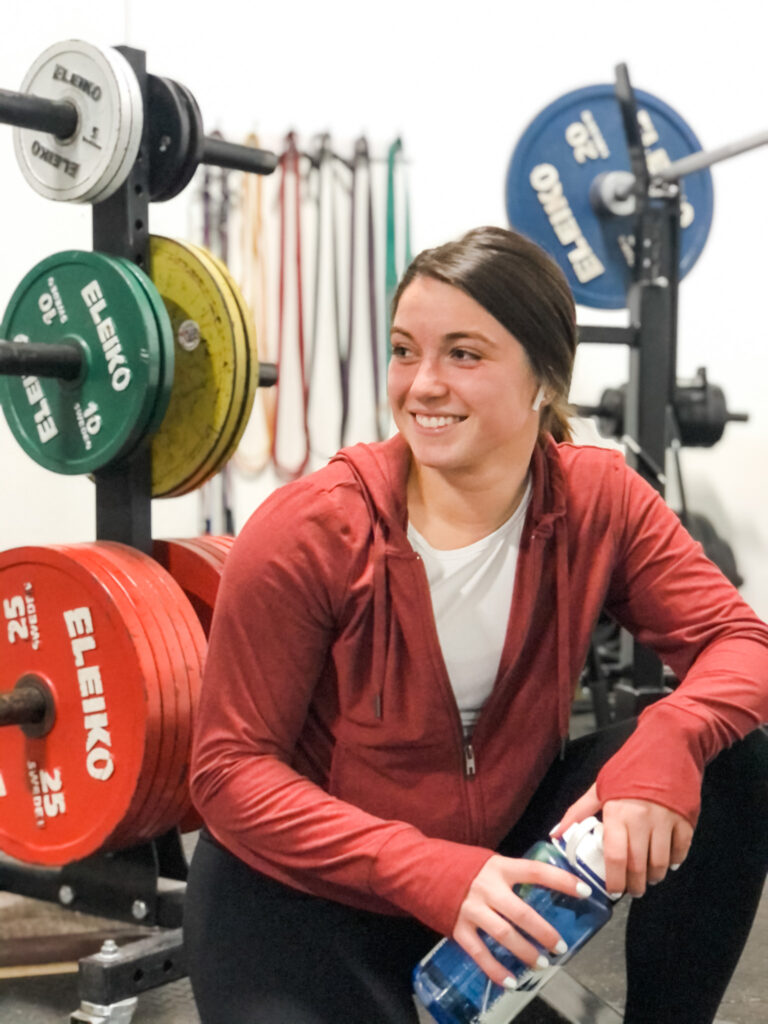
If you are looking to increase your back squat you are going to have to start by including auxiliaries into you workout that address your weaknesses. Check out the list I have below. These are some of my favorite and most effective exercises that are categorized by muscle group. Try them out in your next workout and let me know what you think!
Remember that auxiliaries need to stimulate a physiological adaptation. And that requires you work to a maximal level. Similar to you wanting to work to a 1 rep max in the squat. To summarize, if you aren’t pushing yourself on auxiliaries you are missing the whole point.
Exercises to Strengthening your Hamstrings
- Hamstring Curl
- Glute Ham Raise
- Straight Leg Deadlifts
Exercises to Strengthening your Quadriceps
- Split Squats
- Front Squats
- Bulgarian Split Squats
- Lunges
- Step-ups
Exercises to strengthening your Glutes
- Band Walks
- Glute Bridge
- Hip Thrusts With Barbell
Exercises to strengthening your Core
- Deadbugs
- Planks
- V-Sits
I can’t really say enough about training your core. It is the number one missing link that I see with clients and I have personally experienced the different of a weak and strong core while back squatting. Maximal effort lifting is an extension of your core strength. Focus your attention on building a strong core and following a consistent training schedule and your lifts will come along. Do the opposite and you will likely experience plateaus and injuries.
Auxiliary Squat Workout
Stretches to include in your workout:
While we focus a lot on what strength exercises will get us to our end goal, you should still consider your recovery exercises in your program. These are my four standard stretches that you should include after a lower body workout day.
- Standing Hamstring Stretch
- Standing Side Hamstring Stretch
- Thoracic Stretch
- Quad Stretch
Key Points to help increase your back Squat
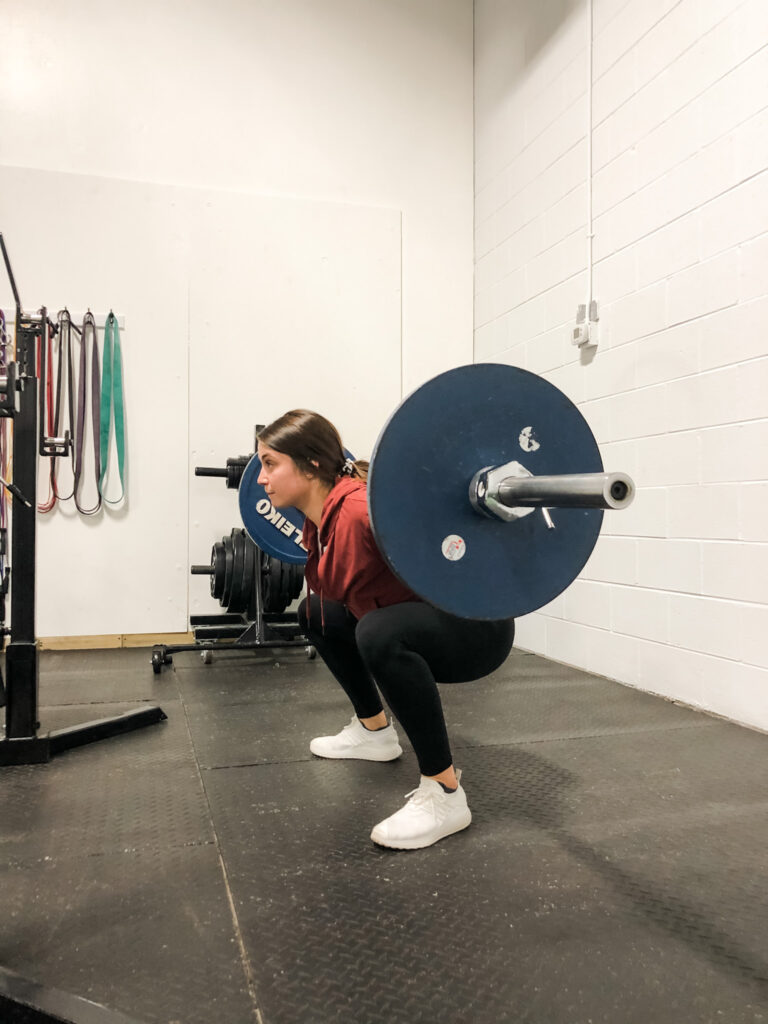
Keeping your core engaged is key! Tension in your core and throughout your entire body will help with proper form and aid in hitting depth. Eventually leading to increased strength in the squat pattern.
Focus on your breathing. This will help keep tension (mentioned above) in your body. If you use a belt, taking a deep breath before the squat will put pressure against the belt keeping you tight and strong.
Sit back onto your heels and push your butt back. This is the very basics for a squat, but sometimes when the weight is on your back people try and compensate, which might help initially, but it will cause a chain reaction that can cause injury and limit your potential strength gains.
Shoulders back and chest up! Again, this is just proper form, but if your setup is funky, it is going to mess up the whole lift. In this case, if you don’t set up strong, you are going to end up rounding your back which will cause you to “taco.” Or if you are able to fight the weight, it will be limiting when trying to max out.
Other Main Lifts
Because of my powerlifting background I associated squat and the other two main lifts of powerlifting. which are bench and deadlift. They each contain their own unique muscular demands, but the philosophy behind training is no different. I have put together an article just like this one on the bench and the deadlift. Follow the links below to get specific information you can start applying to your workouts today.
Or CONTACT ME directly and I’ll get you going with a written program and online coaching
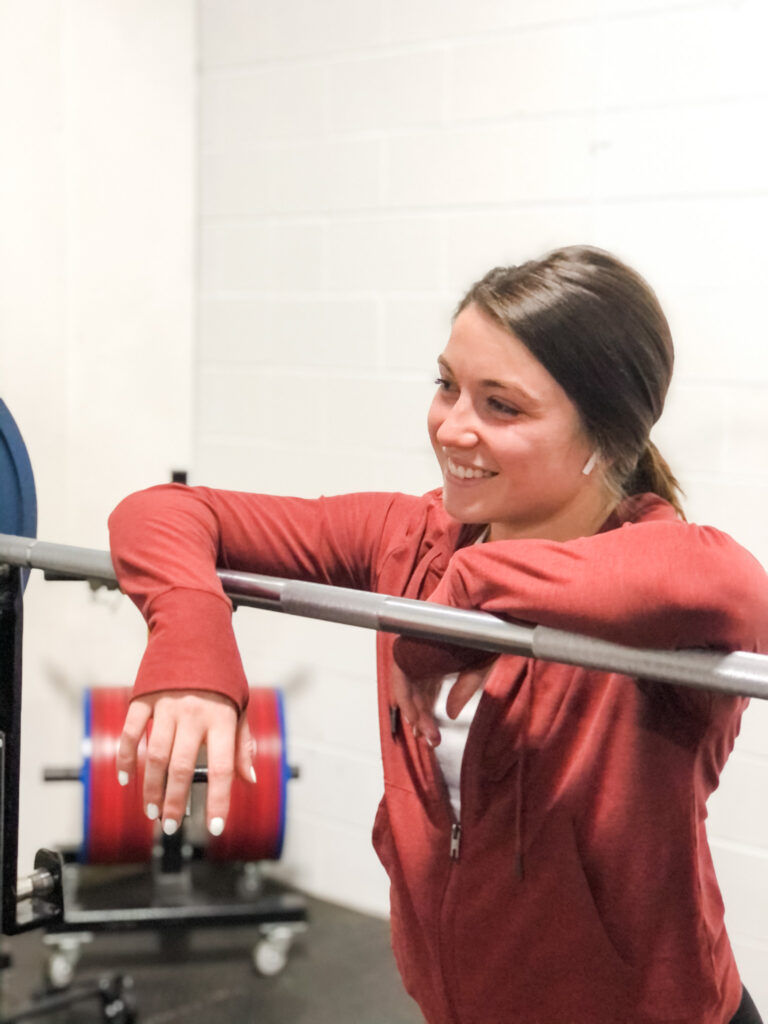
WHAT I’M WEARING SWEATSHIRT | TELETIES HAIR TIES | ATHLETA LEGGINGS | LANE EIGHT SHOES | NALGENE WATER BOTTLE

3 Reasons a Personal Trainer Thrives as Fitness Entrepreneur
As the heartbeat of the fitness world, personal trainers hold a unique power - the power to transform lives, ignite passion, and inspire lasting change. Now, imagine channeling that incredible force into something even more extraordinary - your own fitness business....
Fit Finds: The Ultimate 2023 Fitness Gift Guide
Welcome to the world of fitness and wellness gifting! As we gear up for 2023, it's time to start setting goals and looking for resources to help us succeed. Whether you're a fitness fanatic or seeking the perfect gift for one, our Ultimate 2023 Fitness Gift Guide is...
The Power of Social Proof In Personal Training
In the world of personal training, where trust and credibility play pivotal roles, the concept of social proof functions as an authentic way to connect with your audience. Social proof, the influence created when individuals see others engaging in a particular...


